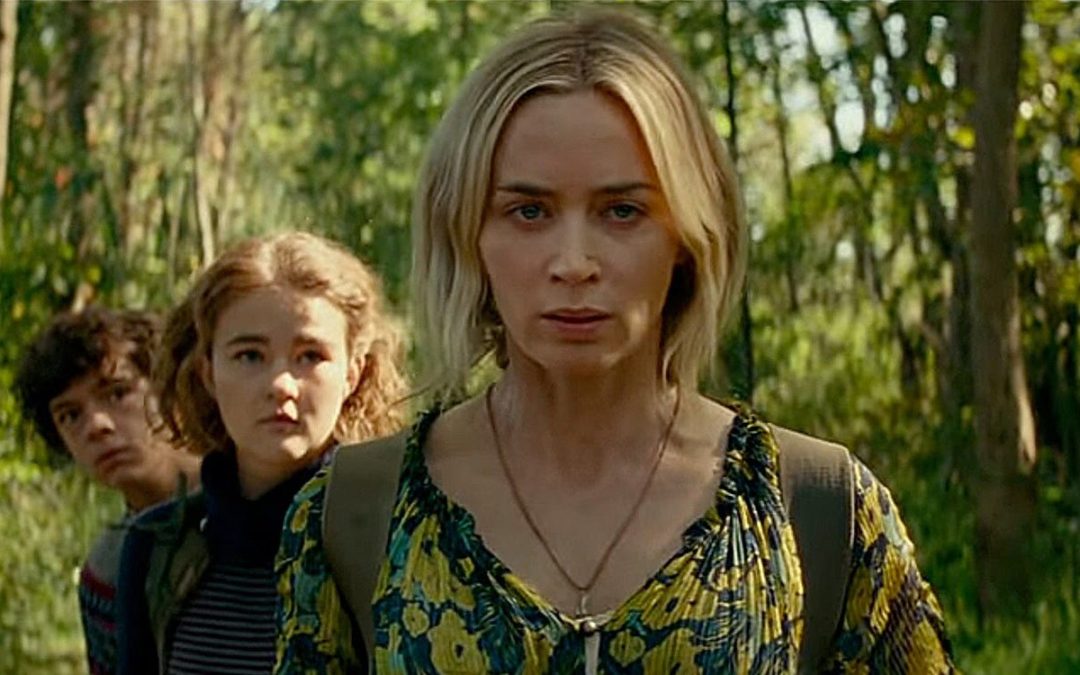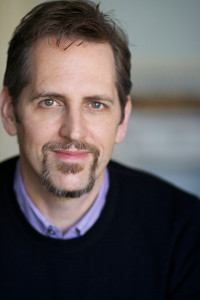“One big problem it takes the whole movie to solve.”
This is what I constantly find myself saying to writers I work with, when I describe what I’m looking for at the heart of any screenplay.
Sounds simple enough.
But where most scripts struggle is in the nature of that problem – what it is, why it’s important, and why it takes the whole movie to solve, starting in the first act and extending all the way to the third.
Getting this right is so central to the job of the feature film writer that it’s become the focus of what I teach in my course and wrote about in my book The Idea.
So what goes wrong in the seemingly straightforward task of creating this one big problem? What do writers need to keep in mind as they set out to do this?
There are five elements to this that I consistently see as potential issues, and I see these across genres. Obviously the nature of the problem, goal and stakes varies widely from horror to rom-com, for instance, but these precepts hold true, for me, across the spectrum:
1. The late catalyst.
So many scripts don’t really rock the main character’s world, let alone set them on a path to try to solve one central problem and reach a goal, until around page 30. I’m a strong believer in getting the story started sooner than this, which means really blowing things up closer to p. 12, as Save the Cat recommends, and following that with a “Debate section” in which they’re already grappling with their one big problem that has just emerged. Yes, there are movies out there that are exceptions to this, but in my view, one needs a very good reason for delaying the true beginning of the story, as so many scripts are wont to do. More often than not, readers get restless during such first acts where it’s all set-up and not enough conflict, or at least not enough of a central story problem coming into play yet.
2. Questionable stakes.
When I say the one problem has to be “big” enough, I mean both in terms of difficulty (so it takes the whole movie to solve), and “stakes” — so that the audience cares enough that it be solved. Usually we want it to seem like life itself or at least a chance for a good one is at stake, and that means external life situations and relationships, not just what might need to be healed in the main character’s inner life.
3. Shaky point-of-view.
Movies typically have one main character and are meant to be a subjective experience of their personal task of trying to solve this one big problem. Keeping them at the center of every scene and making sure they’re actively pursuing an agenda and encountering conflict in every scene helps make the audience engage emotionally and really care about the outcome. When we move around to check in with other characters in scenes they’re not in, this connection tends to get diluted if not completely broken.
The exception to this is when you truly have multiple main characters and thus multiple stories within a script, in which case there is more than one “big problem that takes the whole movie to solve,” and the audience needs to invest in each of them. This is easier said than done. More often I see random scenes focused on other characters who don’t rise to he level of “main character of their own story” with a clear beginning, middle and end where the audience would have strong reasons to invest in them in this way.
4. Main character not active enough.
I talk in my book and course about needing to “punish” the main character, to put them through hell, to focus on the problems and the struggle for them. As audiences we tend to love that, and get bored when they’re winning and things are going well. But they can’t just passively sit there and take it. They have to have “agency” and be pursuing resolution, however unlikely and difficult that is.
5. Lack of build through complications.
This is the real challenge in the long second act of any script. We want the one big problem to actually build, to grow, to get worse and more complicated. And ideally this happens because the actions the main character takes stir things up such that the world responds in unexpected and challenging ways that create more for them to have to deal with. Even when they make some progress, there’s usually a “one step forward, two steps back” feel, where the looming negative outcome is only becoming more likely, throughout act two — especially in its second half, leading to all being lost at its end. But that doesn’t mean the first half should be easy and “fun and games” for them. Usually they’re already up against it and trying to find their footing in an “upside down world,” as Blake Snyder says. Watching that might be “fun and games” for the audience, but usually not for the main character. They are already taking “punches” against their opposing forces, who are then “punching back.”
What about the third act?
You’ll notice that the 5 elements above really focus on the first two acts. But if the one big problem takes the whole movie to solve, doesn’t that mean the third act is a big part of that? Yes, it does, and the problem shouldn’t resolve until virtually the end of the third act, meaning the end of the movie. And it’s important to make sure the final battle in that section is harrowing and climactic enough.
I often do have notes on the third acts of scripts, but usually that’s not where the main problems lie. Why? Because writers usually seem to get that they need a big climax there, and if there’s one point in a script where the problems/conflicts are going to be significant enough, it’s usually there. But very often the first act and especially the second didn’t build things and stay focused as outlined above, so that by the time we get to the third act (if readers get that far), it’s kind of too late to fix it.
Yes, there’s a lot that goes into creating the best final act in a movie, but if a script is really firing on all cylinders prior to that, that’s really the bulk of the work, and fixing the “finale” tends to be less of a priority, less of a “big problem” in bringing the script up to its highest possible version of itself.
Does any of the above conflict with what you’ve seen in mainstream (i.e. not art-house) movies that really worked? Or do you have any questions? If so, please comment below…



I enjoyed reading the article, but I have found a point that should be stressed more. It’s about where a writer is in his/her career. If a writer is at the beginning he/she must stick religiously to what you said.
But your last sentence about ending not being critical should refer only to the experienced writers. You said ’ but if a script is really firing on all cylinders prior to that, that’s really the bulk of the work, and fixing the “finale” tends to be less of a priority, less of a “big problem”.
In most of the cases when two scripts with ‘all cylinders burnt’ compete against each other, guess which additional criteria will be taken into account.
Thanks for the comment! To clarify, what I meant was more referring to the messy middle of the development process as opposed to the final version of the script that would be submitted. When we’re talking about the absolute final version, then absolutely, the third act is extremely important as well. I just typically find most of my notes on a script aren’t about how it ends, but rather what’s happening in the middle, and it’s hard to fix the ending until the middle is really working.
Hi there, Erik, thank you again for your great way of clarifying the core issues of screenwriting.
As for creating the final act, what I found is that many times the film or story is able to push through with all cylinders burning, but then in the Resolution (Self-Revelation, Climax leading to New Equilibrium) the Core Central Conflict gets soaked up like foam on a beach because it was not resolved satisfactorily because of some “artsy” way of creating an ambiguous finale, or simply because of a misunderstanding of the actual core conflict relying on yet more MacGuffinness: all boosters no payload. In short, it’s because of a lack of clarity or understanding of Conflict Theory.